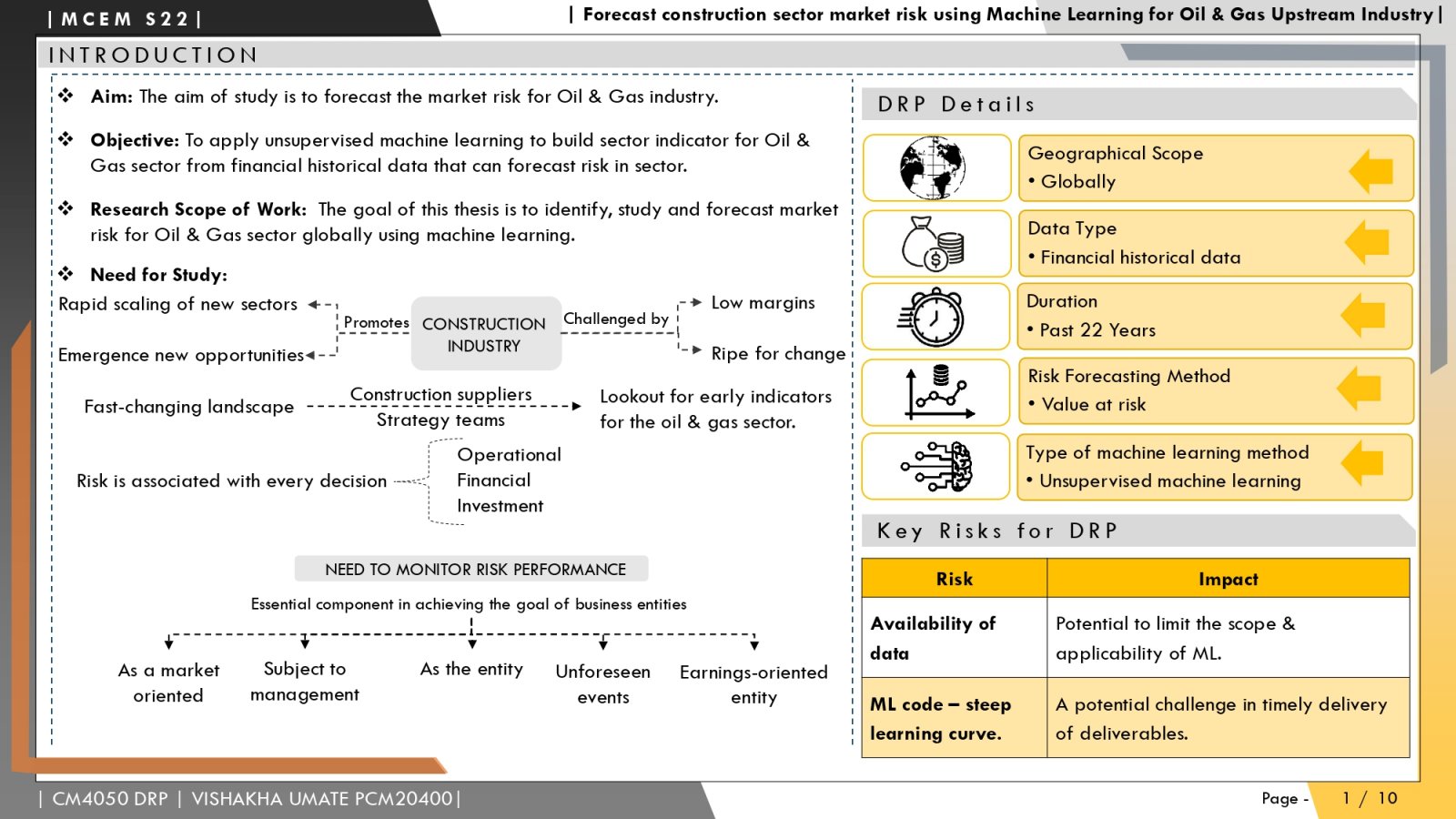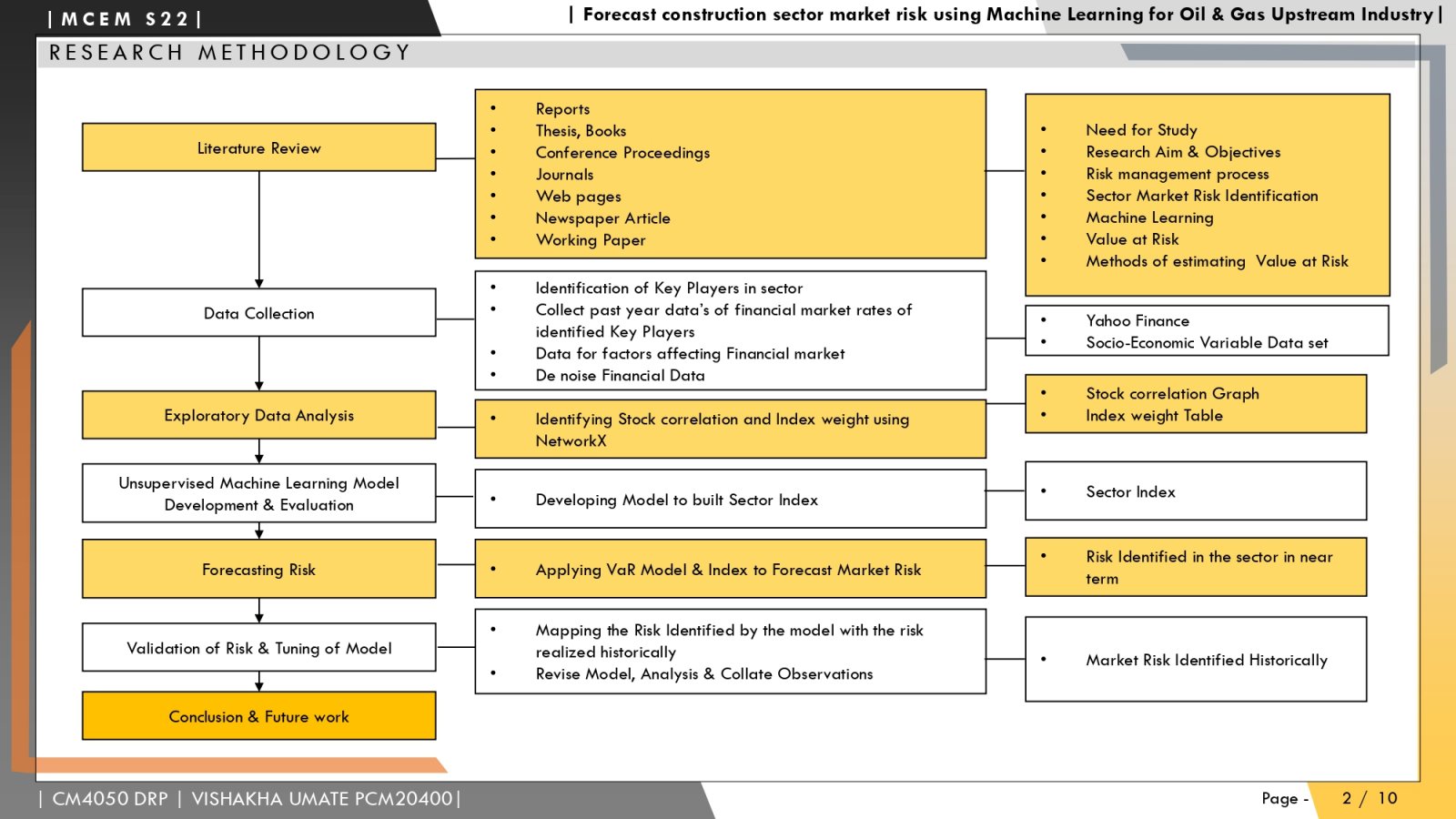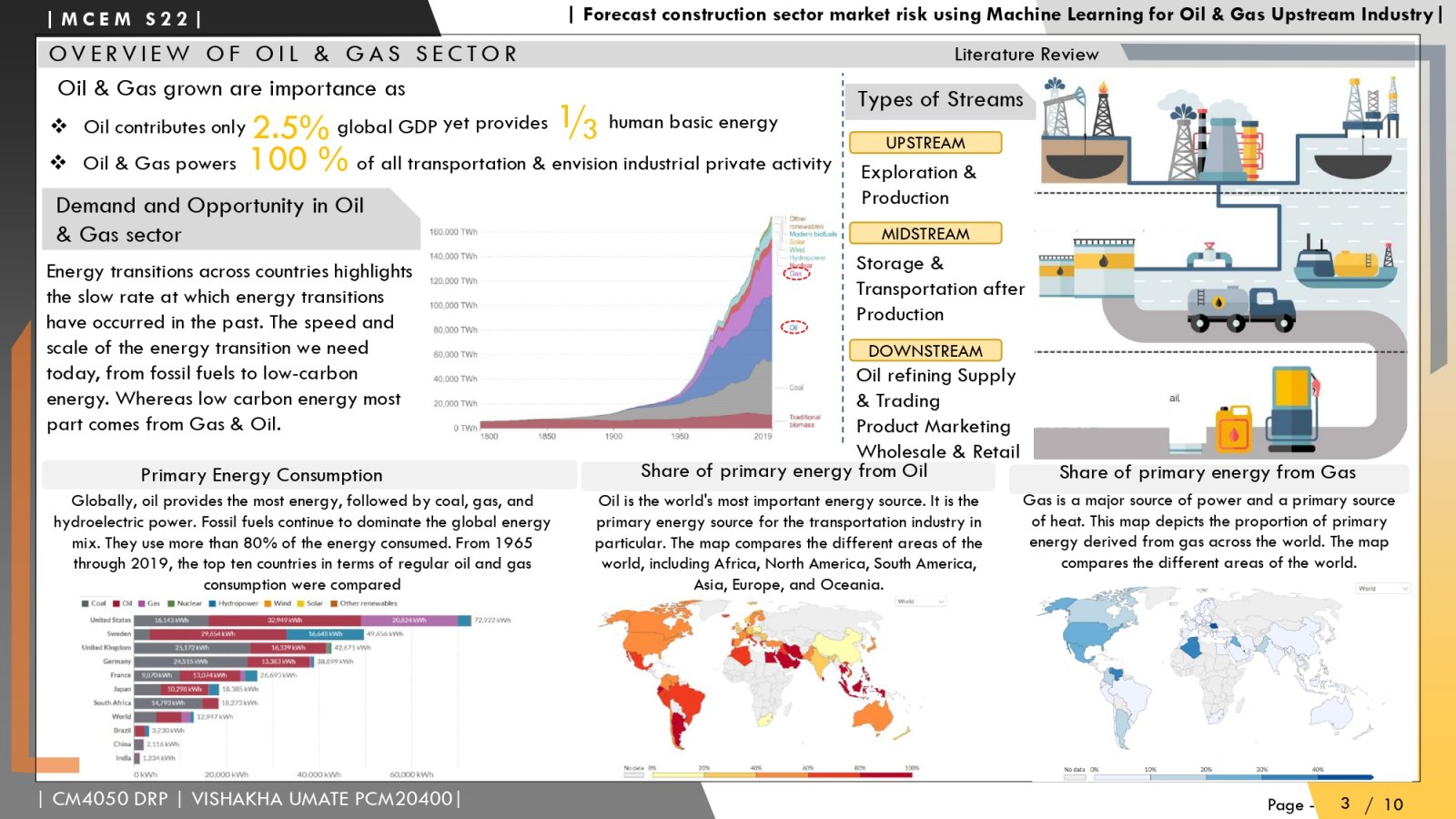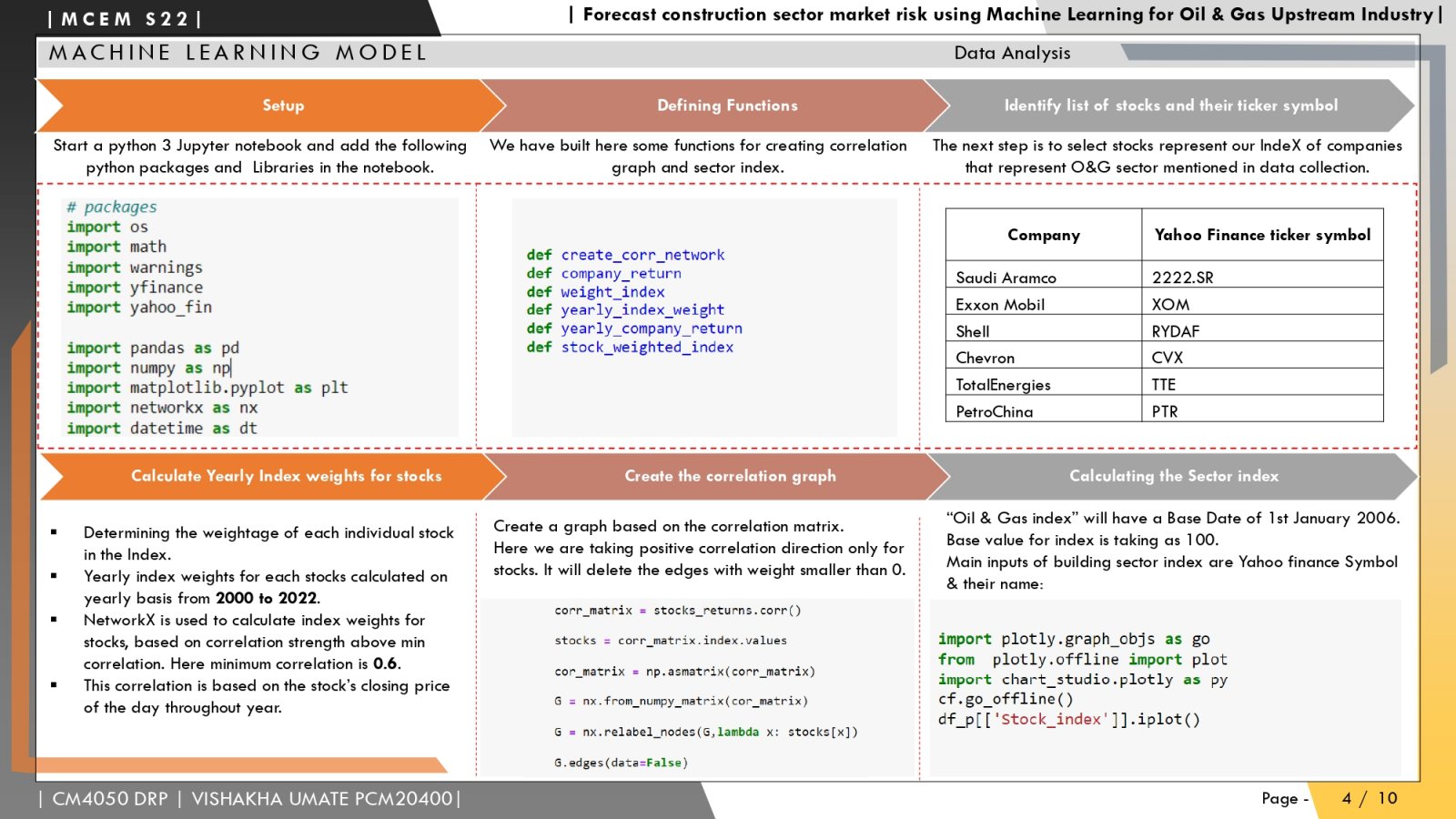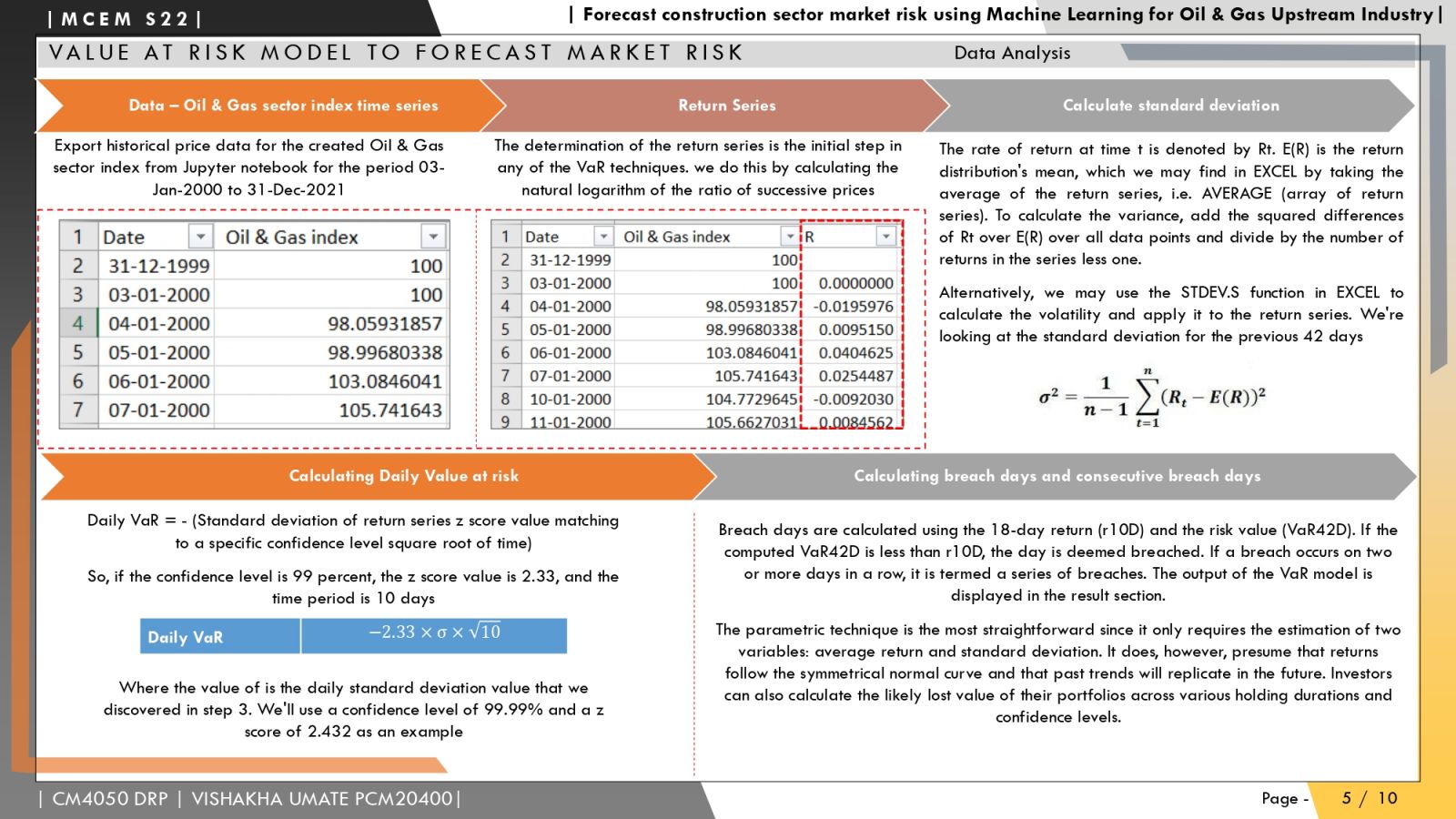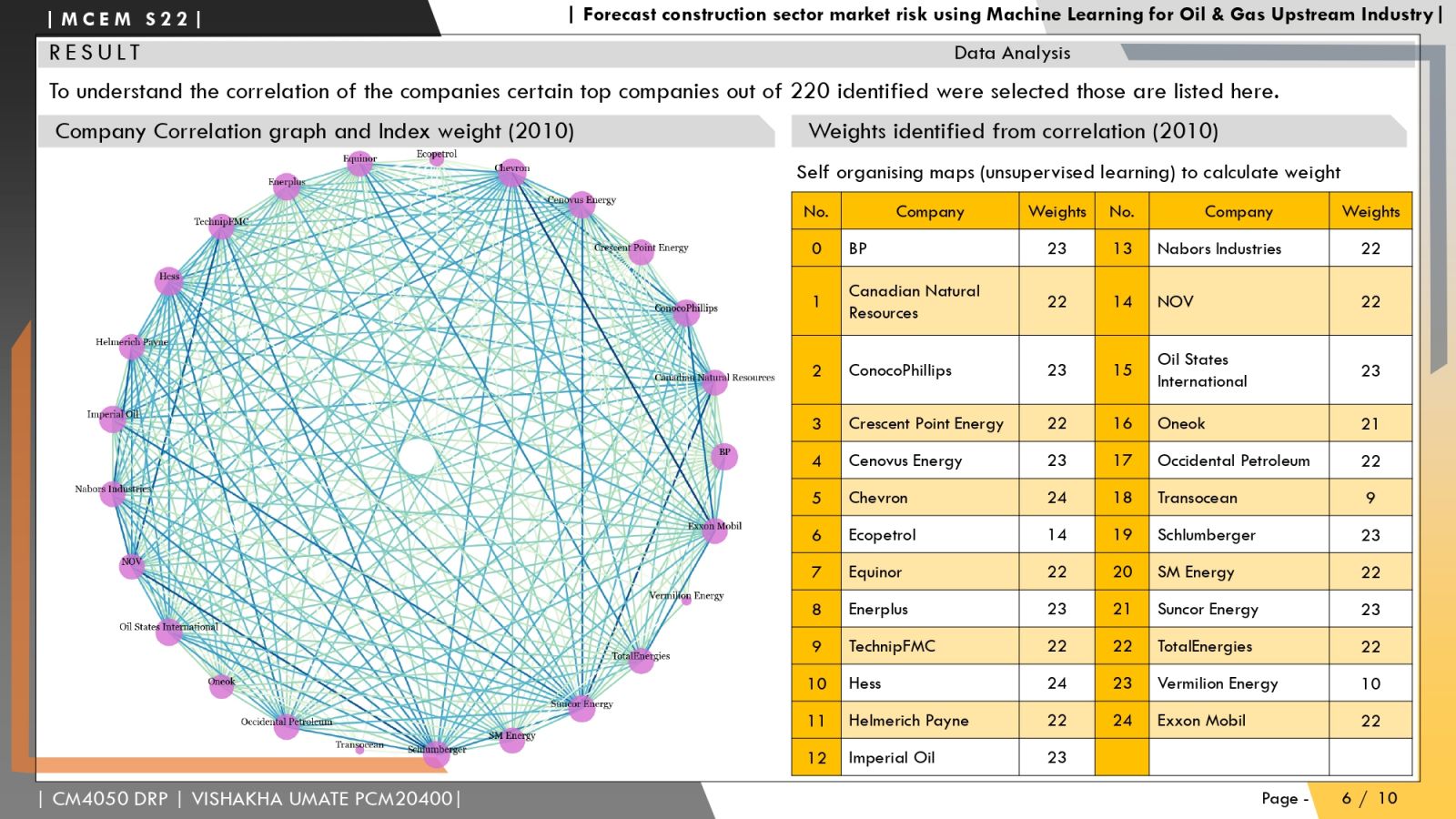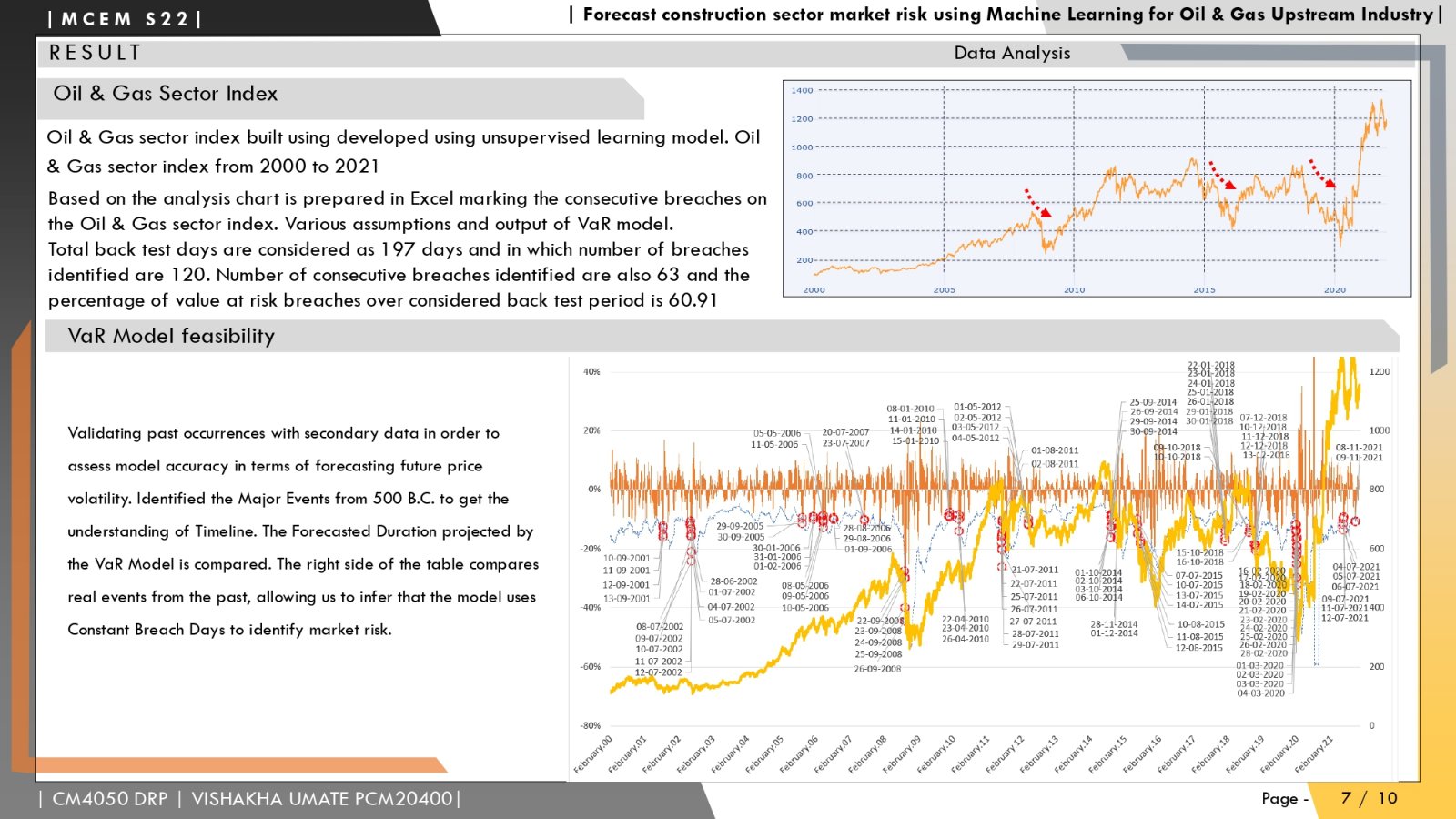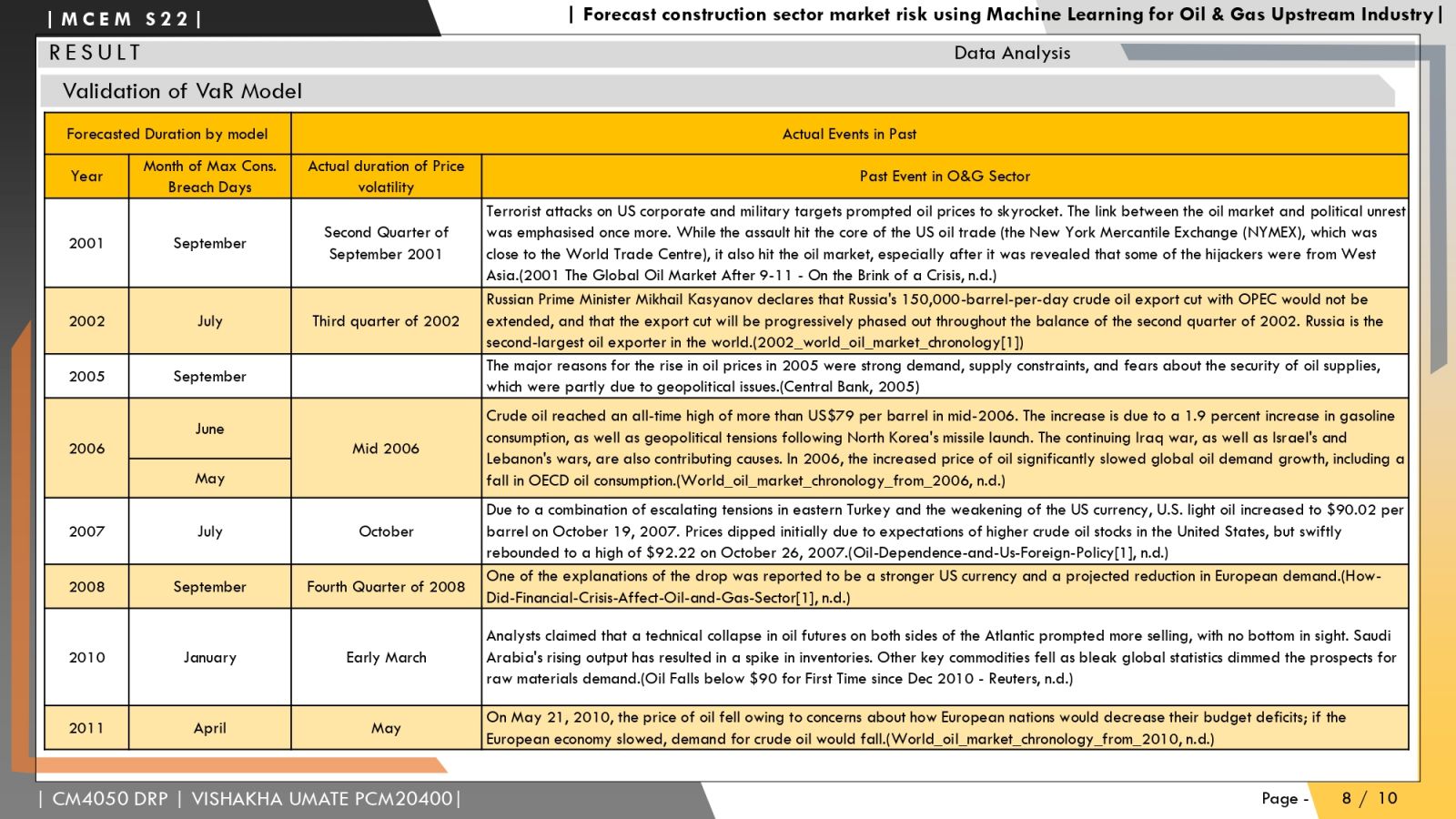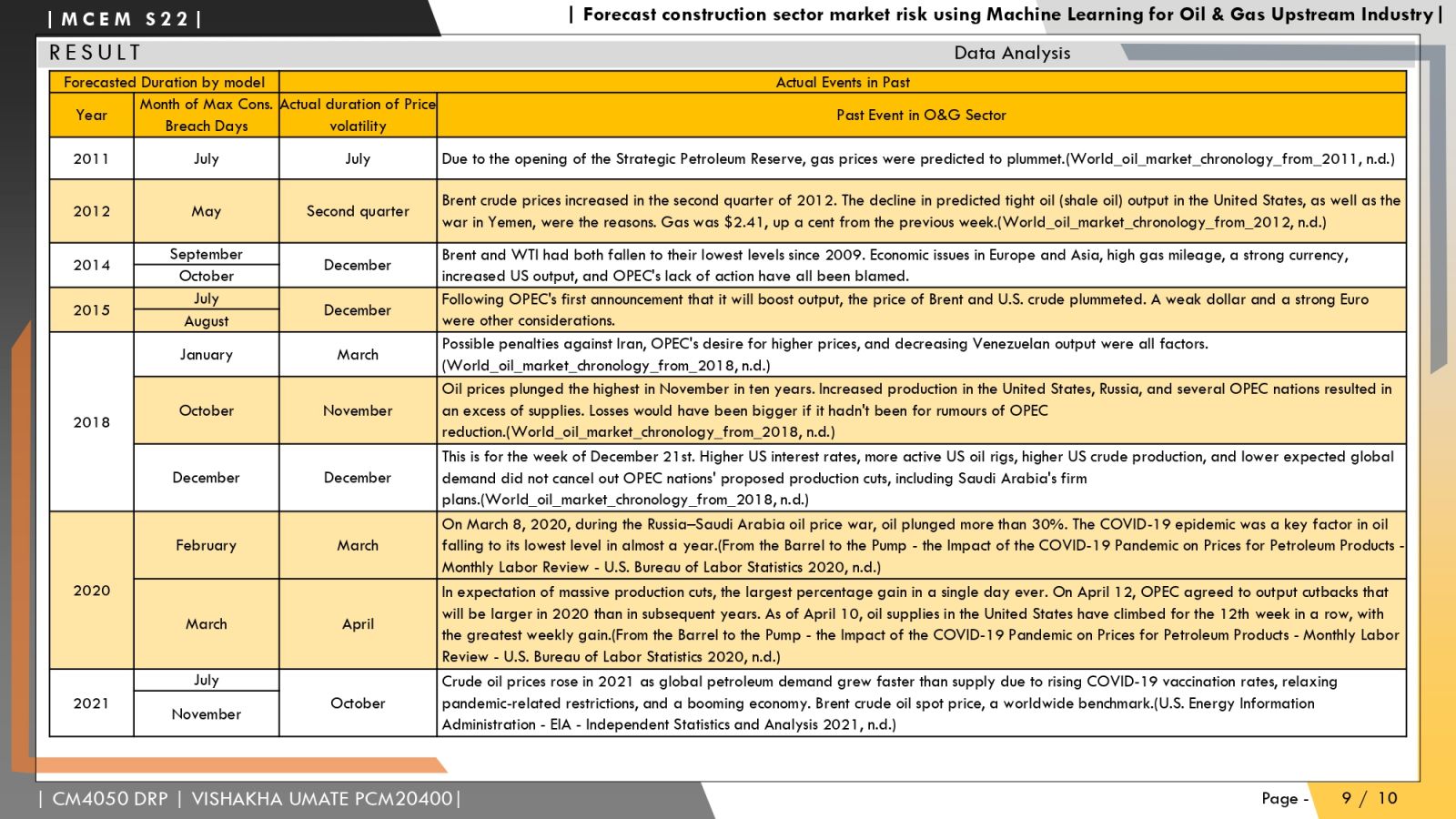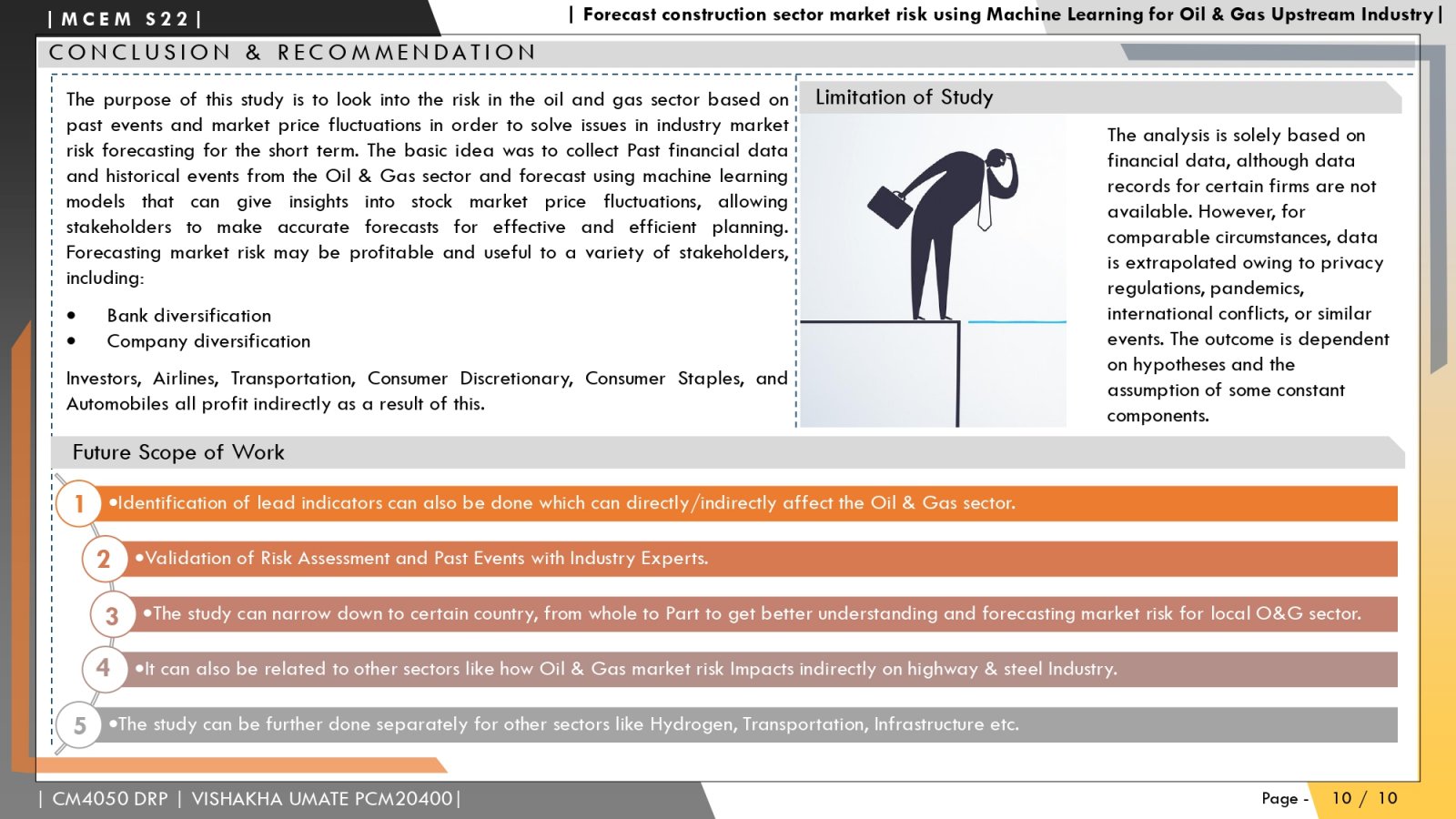Your browser is out-of-date!
For a richer surfing experience on our website, please update your browser. Update my browser now!
For a richer surfing experience on our website, please update your browser. Update my browser now!
Construction suppliers’ consultants and contractors are exposed to the market risks and opportunity. Further, the construction industry is challenged with low margins and ripe for disruption. This also foster rapid scaling of new sectors and emergence of new opportunities. This fast-moving landscape has meant that leadership and strategy teams of construction suppliers are in look-out for early indicators for sector. Some of the sectors to consider include energy -solar/hydrogen/offshore wind; transportation – city mass transit/highways/railways. These lead indicators provide construction industry players ability to better forecast sectoral revenue, challenges and timely adapt their business to consistently generate value for their stakeholders. Quantitative techniques have been widely used by the finance industry and consultancies to forecast and manage risk. With regulators and large organizations are increasingly using machine learning to address limitations of the quantitative techniques and leverage data. Challenge to leverage data in such application is the high noise to signal ratio of market data. Machine learning techniques can be trained to amplify the signals and develop sector index or indicators. Application of quantitative techniques to this index can help with forecast and monitoring.
